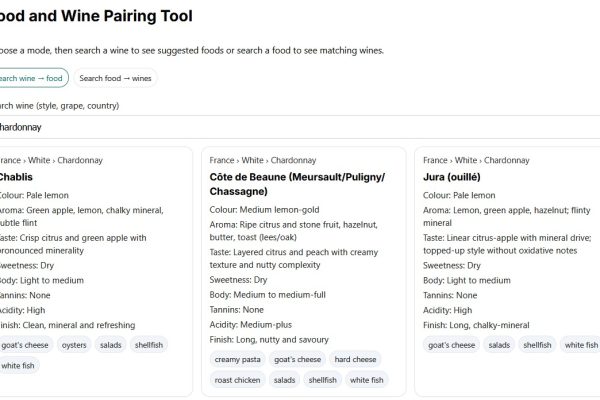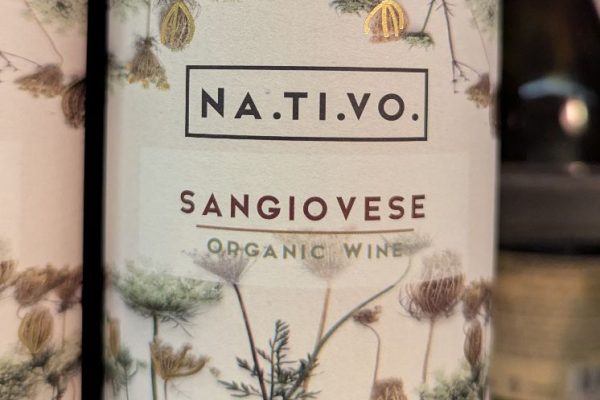
This Pinot Noir is from the Languedoc region in southern France, IGP Pays d’Oc, and made by Producteurs Réunis. It’s from an area known for its long, hot growing season, which tends to encourage a riper expression of Pinot Noir. I tried it as part of my awards25 tasting series, as it was a finalist in the People’s Choice Awards. There’s no vintage noted on the label, which is a bit odd, but it’s likely to be 2023 based on the IWSC entry, where it picked up a Silver award in 2025. It also carries a strong average rating on Vivino, hovering around 4.0.
When first opened, it wasn’t particularly expressive on the nose. The colour appeared darker than I expected for a typical 2023 Pinot. On deeper sniffing, I picked up a sense of dark fruit. Compared to the other Pinots I tried alongside it, this one initially delivered the least flavour upfront. Tannins are in the low to medium range and there’s a touch of spice on the finish.
It improved noticeably after being open for a day or two, although it still remained more muted next to more expressive examples. The mouthfeel is medium, not as light or delicate as is often the case with Pinot. While the bottle mentions summer fruits, the flavours lean more towards the darker fruit end of the spectrum. It’s smooth overall, with no rough edges, and I’d place it firmly in the fruity rather than savoury camp.
This feels like a deeper, fuller style of Pinot Noir. I imagine that’s exactly why it did well in the People’s Choice Award and IWSC. It stood out from the lighter French Pinots for being more robust and rounded, even if that means it isn’t typical of most Pinot. I also found the greater mouthfeel worked better with food.
Normally priced at £10 at Waitrose, but currently reduced to £8, it offers good value for those, with patience, looking for a richer take on Pinot Noir.













